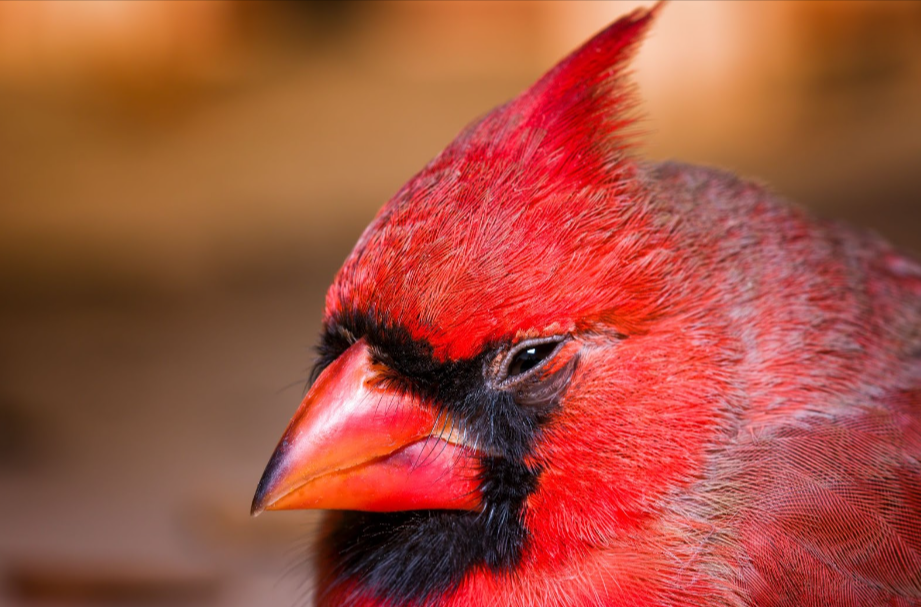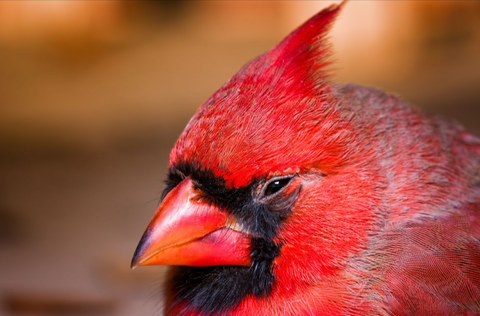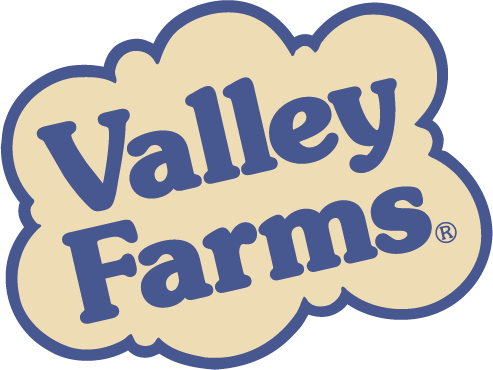
A Guide to Bird Beaks & Good Eats
Share
The varied palates of wild songbirds are the result of many things, location, climate, food availability, and body size included. Another contributing factor to how and what birds eat is their beak. If you’ve ever found yourself pondering the connection between a bird’s beak and its choice of sustenance, this post is for you!

Beak or Bill?
Hang around birds long enough and you’ll come to find that a beak is so much more than simply that. In fact, there’s even uncertainty about whether it should be called a “beak” or a “bill.” The main distinction between the two is that a beak is more pointed (best reserved for songbirds) whereas a bill is fleshier, as can be seen in ducks. While ornithologists tend to use “bill” over “beak,” the general public seems to have adopted “beak” as the preferred term. In most cases either are acceptable.

A Beak for Eating
While bird beaks serve several purposes beyond acquiring food, building nests, feeding young, cleaning feathers, self-defense among them, the primary feature of examination here is how they are used for eating. The type of beak a bird has can tell you a lot about their diet and how they get and use food.

Conical Bird Beaks
Best described as the classic, triangular-shaped bird beak, conical beaks are wide at the base and pointed at the tip. This makes them perfect for crushing the hulls of seeds and getting at the “meat” inside. Grosbeaks, Sparrows, Finches and Cardinals all have conical bird beaks, which makes perfect sense given that their preferred foods include sunflower seeds, nyjer, and peanuts. Check out our best selling cardinal bird seed mix if you notice birds with conical bird beaks flitting about nearby.

Long & Sharp Bird Beaks
This type of bird beak resembles tweezers, making them great for snatching up insects from trees and leaves and digging up worms from the ground. Prime examples of birds with this type of beak are warblers and thrushes, which include the Wood Thrush, American Robin, and Bluebirds, whose favorite food happens to be mealworms. Coincidence? We think not!

Short & Flat Bird Beaks
Short and flat bird beaks are characteristic of aerial insectivores. These birds primarily get insects by catching them in the air while in flight. Strong and tapered but relatively flat, these bird beaks can be used to probe insects, drill holes in trees, and grab several insects at a time.
Examples of aerial insectivores include Swallows, Swifts, Nighthawks, and Purple Martins.

Then there are some wild birds whose beaks fall into the “all purpose” category. We call these the lucky ones. Nuthatches, for example, have long, pointed beaks that enable them to get at insects deep in trees. Still, they’re strong enough to crack open seeds and acorns.
SImilarly, chickadees have sharply pointed beaks for picking up spiders, grabbing flying insects, pecking open sunflower seeds, and then chipping off pieces of the meat.

As a backyard birder, the best thing you can do is to start with a bit of research. Find out what type of birds frequent your area and look into the foods they eat. For instance, if you live in an area that attracts Cardinals, Finches, Woodpeckers, and Titmice, a safe bet would be to put sunflower seeds or a wild finch bird seed mix in your feeder. Areas that attract House Sparrows, on the other hand, would not be well-suited for sunflower seeds, as these birds’ beaks are not strong enough to crack open the hulls. For them, millet or cracked corn would be a better choice.
Whatever beaks the birds in your area display, you can keep them well nourished with the clean wild bird food available right here at Valley Farms®. Shop now!



